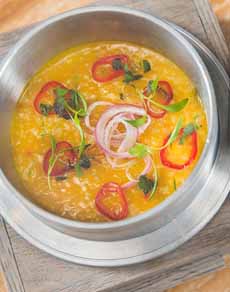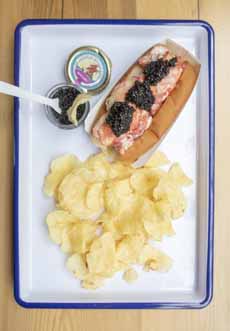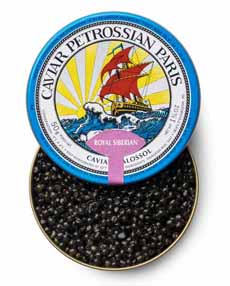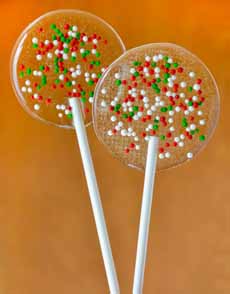
[1] Kidney bean, kale and squash soup (photo courtesy Bush’s Best).

Parsnip soup with bacon, chive and blue cheese garnish (photo courtesy Castello Cheese).

Squash soup with drizzled sour cream garnish. Here’s how to drizzle creamy or flavored oil garnishes (photo courtesy Between The Bread | Facebook).

Cheddar cheese soup with jalapeño, microgreens and red onion garnish (photo courtesy Doa Restaurant).
|
|
When the weather gets cold, soup becomes a comfort food. While there are soups for all seasons, “hearty” is the word for winter recipes.
A hearty soup, which can serve as a main meal, is also budget-friendly.
It’s a time-saver, too: You can make a pot large enough to freeze for additional meals.
Here are some tips from Flavor & The Menu:
1. THE STOCK
While beef and chicken stocks are more hearty, more and more people seek vegetarian options.
In addition to conventional vegetable stock, consider roasted or smoked vegetable stocks—much heartier in flavor.
2. THE MOST INEXPENSIVE PROTEIN: BEANS
Cuisines all over the world have long used beans in soup. In addition to beans as a main ingredient, you can also purée them as a thickener (especially try chickpeas for this).
Bean soups are adaptable to big, global flavors like curry, harissa or guajillo and other chiles.
3. CONSIDER FLAVOR PROFILES
How can some of your favorite flavors be adapted to soup?
Rice and beans with chorizo and cheeseburger soup are two examples, but how about eggplant parmesan?
Decide what you want to create and look up how to do it.
4. CREAMY, NON-DAIRY SOUPS
If you’re lactose-intolerant, kosher, or green (helping to save the planet by cutting back on animal products), take a tip from vegan cuisine and use nut milks for creaminess.
Almond, cashew, coconut, hazelnut and macadamia milks, for example, add their own special flavors to chicken, fish and vegetable soups.
5. CREATIVE GARNISHING
Add a finishing touch with an easy garnish. Switching garnishes makes the soup different every time.
Garnish options include:
Bread Garnishes: Croutons, oyster crackers/crumbled crackers, panko, toasts.
Dairy Garnishes: Crème fraîche, drizzled heavy cream, grated/shaved cheese, plain yogurt, quark, sour cream.
Herbs & Spices Garnishes: Fresh herbs taste best, but dried herbs are a backup.
Flavored Oil Garnishes: Basil oil, chile oil, garlic oil, or anything else you have on hand.
Nuts: Chop your favorite nuts and sprinkle them over the soup. Toasting the nuts makes them taste better.
Fruit Garnishes: Apple slices, dried berries and cherries, fresh berries, grapes, lemon and lime slices, melon balls, pear slices, diced pineapple
Vegetable Garnishes: Cooked or raw to match the soup, e.g. a broccoli floret or carrot slice atop broccoli or carrot soup. Try dried veggies too, especially garlic chips. Don’t forget jalapeño or other chiles.
Fun Garnishes: Crumbled savory pie crusts or yesterday’s biscuits, crushed pretzels or potato chips, fried chickpeas, popcorn, puffed grains.
Think outside the box. Dried apple chips on a sweet vegetable soup, such as tomato, root vegetable or squash, is an exciting choice.
Get more punch by layering your garnishes. In addition to the apple chips, for example, add a dollop of plain yogurt and snipped fresh chives, dill or parsley.
More Garnishing
Garnishes For Every Soup
Glamorous Garnishes
Drizzled Oil Soup Garnishes
|












